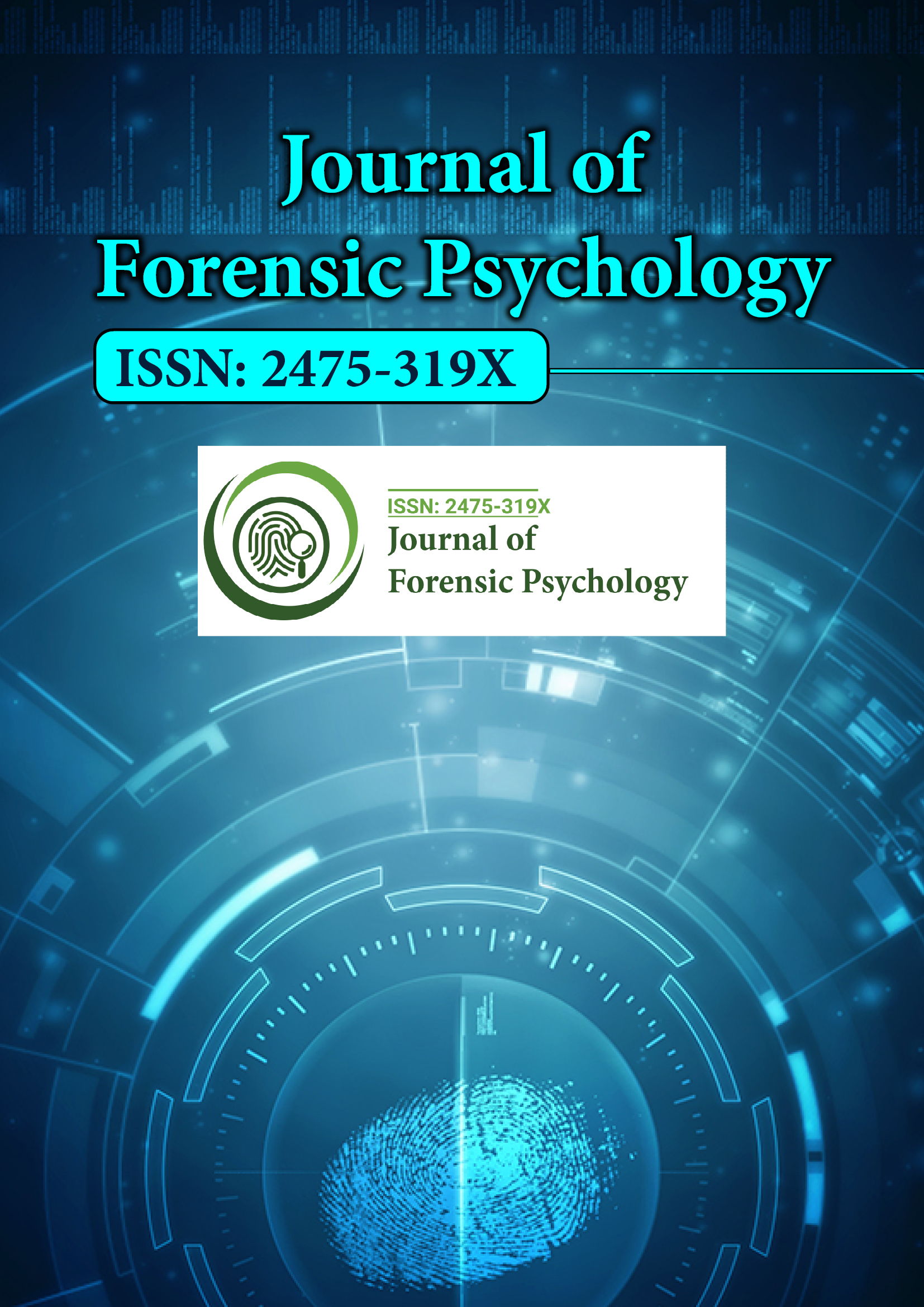indexado en
- Búsqueda de referencia
- Universidad Hamdard
- EBSCO AZ
- Publón
- Fundación de Ginebra para la Educación e Investigación Médica
- pub europeo
- Google Académico
Enlaces útiles
Comparte esta página
Folleto de diario

Revistas de acceso abierto
- Administración de Empresas
- Agricultura y Acuicultura
- Alimentación y Nutrición
- Bioinformática y Biología de Sistemas
- Bioquímica
- Ciencia de los Materiales
- Ciencia general
- Ciencias Ambientales
- Ciencias Clínicas
- Ciencias farmacéuticas
- Ciencias Médicas
- Ciencias Veterinarias
- Enfermería y Cuidado de la Salud
- Genética y Biología Molecular
- Ingeniería
- Inmunología y Microbiología
- Neurociencia y Psicología
- Química
Abstracto
Un modelo de indicadores múltiples y causas múltiples (mímico) de síntomas de falta de atención e hiperactividad en una muestra representativa de niños y jóvenes británicos
Aine E. McKenna, Mark M. Doyle y Allison MC Gillen
Antecedentes: El TDAH, cuando se evalúa utilizando los criterios del DSM IV, es el trastorno de conducta más prevalente (5%) en el Reino Unido (RU). Está surgiendo evidencia de que un porcentaje de niños que presentan síntomas complejos relacionados con traumas pueden ser diagnosticados erróneamente como TDAH. Sin embargo, la prevalencia estimada es considerablemente menor (1,5%) cuando se utilizan los criterios CIE-10 para evaluar el HKD. Actualmente, no se sabe si el riesgo de diagnóstico erróneo es un problema cuando se utilizan los criterios más estrictos de la CIE-10. Este estudio tuvo como objetivo investigar sistemáticamente estas cuestiones para investigar si: (1) eran evidentes asociaciones significativas entre las exposiciones al maltrato y la gravedad de los síntomas del TDAH y el diagnóstico de HKD; (2) el porcentaje de casos diagnosticados de HKD expuestos a traumas cuyos padres informaron un vínculo etiológico entre las exposiciones al trauma y (a) el inicio de los síntomas y (b) la persistencia de los síntomas; (3) el porcentaje de casos de HKD expuestos a traumas que estaban siendo tratados con metilfenidato o dexanfetamina. Métodos: Se analizaron los datos de la encuesta epidemiológica B-CAMHS (N=7997; varones n=4111; mujeres n=3886). Se utilizó un enfoque de Indicadores Múltiples, Causas Múltiples (MIMIC). Se investigaron los efectos del abuso físico (AP), el abuso sexual (AS) y la violencia doméstica (VD) en la estructura de un modelo de cuatro factores que consiste en la “hiperactividad” y la “falta de atención” de maestros y padres. Se estimaron análisis de regresión logística binaria para examinar los vínculos entre el maltrato y los diagnósticos de HKD. Se calcularon fracciones atribuibles a la población (PAF) para estimar el porcentaje de casos en los que las exposiciones al maltrato estaban directamente implicadas. Resultados: Las asociaciones significativas entre las exposiciones al maltrato y los factores del TDAH indicaron que las exposiciones afectaron significativamente la manifestación de los síntomas del TDAH. Se encontraron asociaciones significativas entre los diagnósticos de HKD y las exposiciones a AP (OR = 3,84, IC del 95 % = 1,72-8,59) y VD (OR = 3,46, IC del 95 % = 1,98-6,05). Los médicos diagnosticaron un total de 109 casos de HKD, de los cuales un total de 26 casos (30 %) estuvieron expuestos a un trauma. De estos 26 casos, el 45 % de los padres informaron de un vínculo etiológico entre la exposición al trauma y los síntomas actuales. En general, el 37,5 % de los casos de HKD maltratados físicamente y el 15,8 % de los casos de HKD expuestos a VD estaban tomando medicación estimulante para tratar sus síntomas de HKD. Conclusiones: La mayor probabilidad de un diagnóstico de TDAH/HKD entre los niños maltratados puede reflejar la secuela emocional y conductual del maltrato. Los niños que presentan sintomatología de TDAH/HKD deben ser examinados para detectar exposiciones al maltrato antes de realizar un diagnóstico.